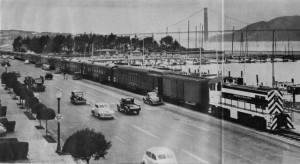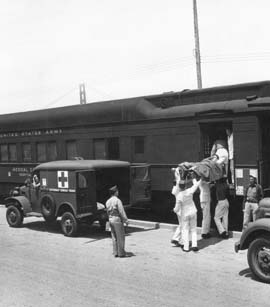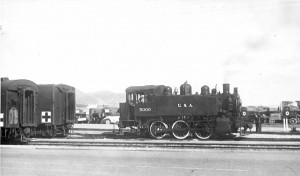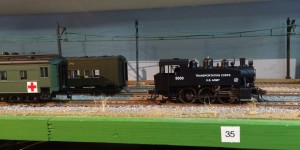I grew up as a toy train guy. My father started his first layout when I was three years old and growing up with trains meant that it was in my blood by the time of my first memories. His early layouts were not permanent until we moved into a house with a basement, but they were always present. He used Märklin HO scale trains which emphasized automatic operation and I can remember the load roar when he had upwards of 8 trains running at once. Coming from tinplate cars on tinplate track, the sound was not unlike that of many Lionel layouts that I have visited.
It wasn’t until I was 10 years old or so that I discovered model railroading. The first magazine that I picked up from the hobby store was the March 1971 issue of Railroad Model Craftsman. The cover feature was a fan trip on John Allen’s fabulous Gorre and Daphetid mountain railroad. I was blown away. The scenery was spectacular and it made the layout seem huge when compared to an equivalent table top layout. That first impression still sticks with me and played a large part in my design of the Redwoods and Pacific Railroad.
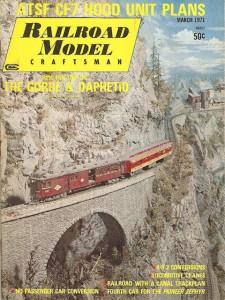
Railroad Model Craftsman, March 1971
My railroad is a fictional railroad loosely themed on both the Northwestern Pacific and the Southern Pacific Santa Cruz mountain line. When I designed the railroad, I wanted to emulate certain aspects of John Allen’s layout, in particular the dramatic floor to ceiling scenery. My goal was not to copy John Allen, but to use some of his techniques in expanding the visible. I’m happy with how it’s turned out so far.

The great canyon of the Redwoods and Pacific Railroad
The other main influence is Malcolm Furlow’s San Juan Central. This was a project railroad that was published in Model Railroader and then later as a soft cover how-to book. Malcolm was also influenced by John Allen’s work, and he showed how to create a dramatic model railroad from start to finish. My first version of the RPRR was actually a loose interpretation of the San Juan Central right down the modular benchwork. I learned a lot from building that layout and many of Malcolm’s tips and techniques were used in creating the current layout.
The Redwoods and Pacific is still under construction. I tinker on it most evenings (it is the perfect vehicle for tinkering!). I don’t have any planned finish date, in fact that really isn’t my goal. I like that it is a work in progress and that I can work on it whenever the mood strikes me.
